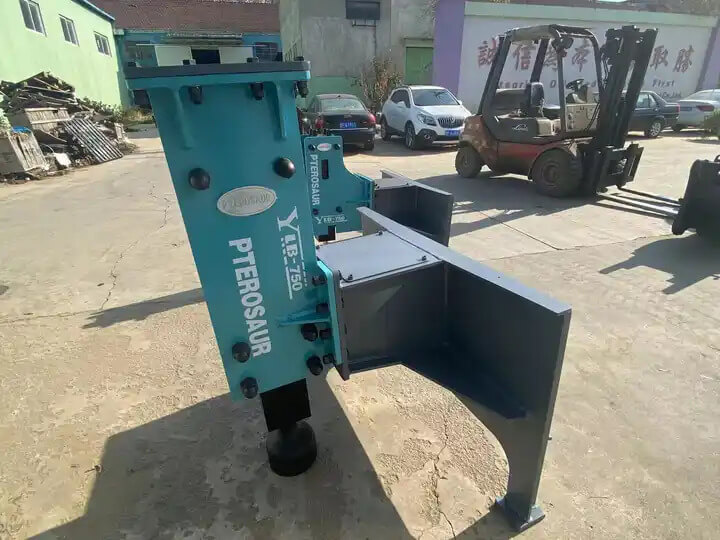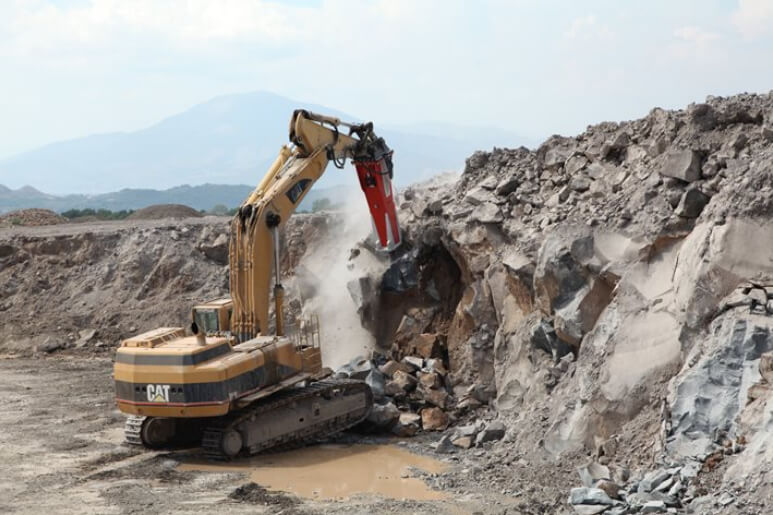Mastering the Jack Hammer for Mini Excavators: A Comprehensive Guide
When it comes to demolition, construction, and road repair, a mini excavator fitted with a jack hammer can be an invaluable asset. Understanding how to effectively use this powerful attachment can significantly enhance your work efficiency and safety. This article will provide essential techniques, safety tips, and expert recommendations for maximizing the benefits of jack hammers for mini excavators.
Understanding the Jack Hammer
Jack hammers, also referred to as hydraulic breakers, are specifically designed to break through tough surfaces such as concrete, asphalt, and rocky terrains. When attached to a mini excavator, these tools transform the machinery into a demolition powerhouse, making it capable of tackling a variety of challenging jobs that would otherwise require larger equipment.
Why Use a Jack Hammer with a Mini Excavator?
- Versatility: Mini excavators equipped with jack hammers can handle multiple tasks, from demolition to utility installation, making them ideal for urban construction where space is limited.
- Efficiency: Using a jack hammer allows for quick and effective breaking of hard materials, significantly reducing the time and labor required for projects.
- Cost-Effectiveness: Mini excavators are generally more affordable to rent and operate than larger excavators, offering a budget-friendly solution for many contractors.
How to Use a Jack Hammer on Your Mini Excavator
1. Selecting the Right Attachment
Before you begin, ensure that the jack hammer you choose is compatible with your mini excavator. Options like the AHM Hydraulic Breaker Hammer are designed for machines up to 2 tons and seamlessly integrate for optimal performance.
2. Preparation and Setup
- Inspect the Equipment: Check all components, including hydraulic lines and the hammer itself, for any damage. Proper maintenance is crucial for safe operation.
- Secure the Area: Make sure the worksite is clear of bystanders and obstacles. Demolition sites can be hazardous, so it’s essential to establish a safe perimeter.
3. Operating Techniques
- Positioning: Place the jack hammer directly above the target area. Ensure the mini excavator is stable and that your feet are firmly planted.
- Control the Hammer: Utilize the excavator’s controls to lower the hammer onto the surface. Apply consistent pressure to allow the hydraulic system to do its work.
- Alternate Angles: For larger surfaces, change the hammer’s angle periodically to ensure even breaking and prevent overworking a single area.
Safety Tips
- Wear Protective Gear: Always wear appropriate personal protective equipment (PPE), including hard hats, gloves, and eye protection.
- Follow Manufacturer Guidelines: Each jack hammer model may have specific operational instructions. Familiarize yourself with the manufacturer’s recommendations for safety and efficiency.
- Monitor Surroundings: Be aware of your surroundings at all times. Falling debris is a significant hazard during breaking operations.
Expert Recommendations
To ensure optimal results when using a jack hammer on a mini excavator, consider the following:
- Training: Take the time to train operators on the specific equipment being used. This can drastically reduce the risk of accidents and enhance productivity.
- Hydraulic Power: Ensure that your mini excavator’s hydraulic system is adequately maintained. A well-functioning hydraulic system is crucial for the effective operation of the jack hammer.
- Practice: Prior to commencing major tasks, practice using the jack hammer on less critical areas to refine your technique and improve control.
Conclusion
Mastering the use of a jack hammer with your mini excavator can significantly elevate your demolition and construction capabilities. By following the proper techniques and safety guidelines outlined in this article, you can ensure that your projects run smoothly and efficiently. Whether you are a seasoned contractor or a DIY enthusiast, understanding the intricacies of this powerful tool will lead to optimal results on any worksite.




































